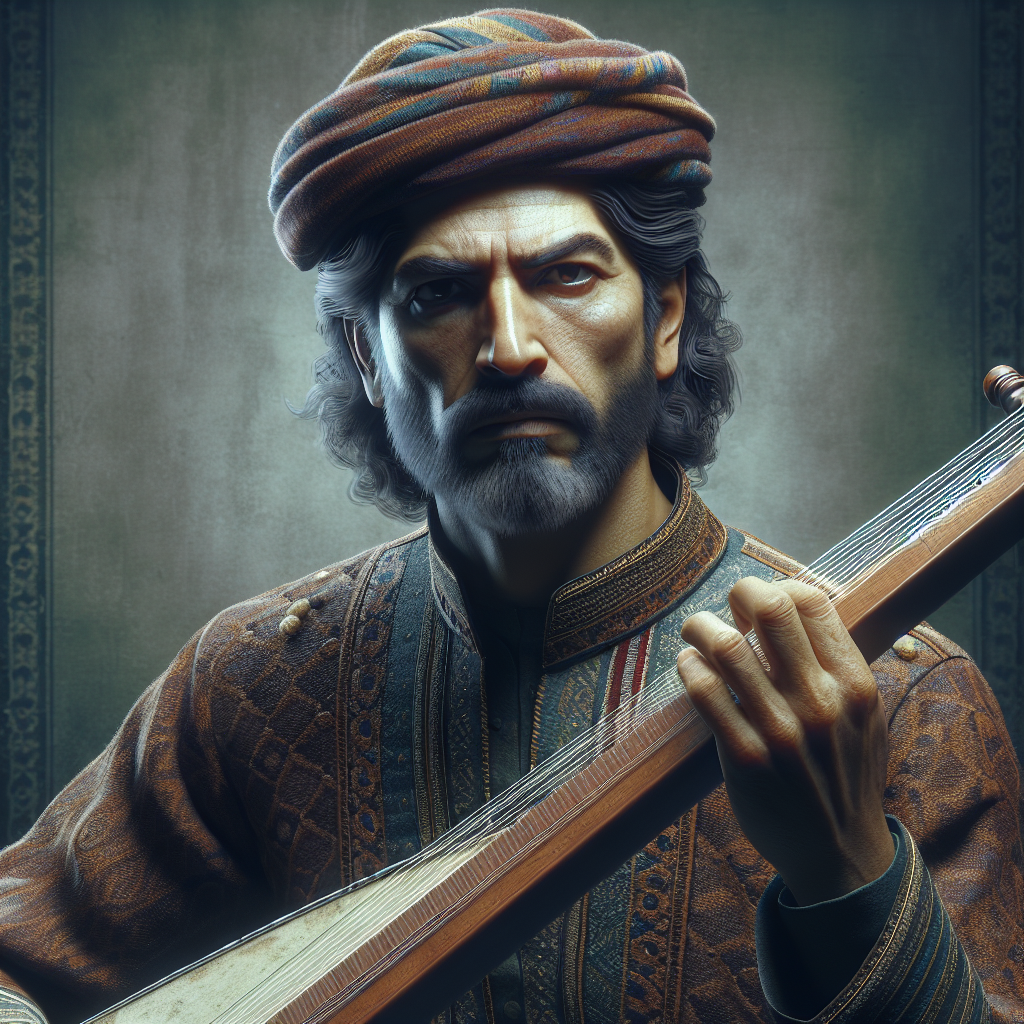The Rhythmic Journey of Dildar Hussain: A Maestro's Melodic March
In the pulsating world of music, Dildar Hussain stands as a master of percussive storytelling, his tabla beats reverberating with stories as ancient as the Indus Valley Civilization itself. Who is this enigmatic figure? Dildar Hussain, a virtuoso tabla player hailing from the artistic quarters of Punjab, Pakistan, where cultural riches flow as abundantly as the River Ravi. From his vibrant chords and precise rhythms, Hussain crafts aural masterpieces that have captivated audiences worldwide since the bustling music scene of the 20th century, up to today's global music landscape. His life's journey embodies the essence of optimism and the universal language of music that transcends borders and speaks to the core of human experience. But what truly makes Dildar Hussain a profound icon in the field of music? Let's uncover his story filled with history, tradition, and innovation.
The Early Years: A Tapestry of Tradition and Innovation
Born into a lineage rich with musical heritage, Dildar Hussain's early years were steeped in the reverent traditions of Punjabi folk and classical music. Nestled in the heart of Punjab, his formative environment was vibrant with the sounds of nature and music, fostering a symbiosis that would eventually manifest in his work. From an early age, Hussain displayed an innate talent for rhythm, echoing the cadence of life's simple harmonies. It was under the keen tutelage of his father, Ustad Sain Ghulam Abbas, that Hussain honed his skills, instilling a discipline that would define his musical journey.
Hussain’s father, a respected musician in his own right, recognized the potential in his son's quicksilver fingers and keen ear. Through endless hours of practice, the young Dildar Hussain learned to navigate the tabla's complexities, mastering the diverse ‘taals’ and ‘layas’, the rhythmic cycles and tempos, that form the backbone of South Asian music. His youthful enthusiasm was met with the rigorous demands of traditional instruction, shaping a musician both technically proficient and emotionally expressive.
Rising to Stardom: The Magnetic Pull of the Tabla
As Dildar Hussain matured in his craft, so did his opportunities to perform, each stage a new chapter in his burgeoning career. The tabla, with its duo of hand-played drums, became his primary medium—his voice. Hussain's spellbinding performances soon transcended local venues, attracting prominent attention across Pakistan and beyond. His association with the eminent qawwali singer Nusrat Fateh Ali Khan marked a pivotal turn in his career. With Khan, Hussain was part of a groundbreaking effort to introduce qawwali to international audiences, blending traditional Sufi poetic themes with the dynamic, emotive energy of modern performances.
The mesmerizing synergy between Khan's soaring vocals and Hussain's propulsive tabla beats became legendary. This collaboration catapulted them to fame and opened avenues for Hussain to engrave his mark on the world stage. What made their performances so electrifying was not just technical prowess but an infectious enthusiasm and a genuine conveyance of spiritual messages that resonated with audiences of all cultural backgrounds.
Beyond Borders: The Global Impact of Hussain's Music
The universal appeal of Dildar Hussain's rhythmic genius lies in its timeless cadence—a soundscape that celebrates diversity yet unites cultures in a shared musical dialogue. His tours across Europe, North America, and Asia introduced his musicaish spirit to a wider audience, proving that music is a truly universal language. By collaborating with international artists, Hussain has become an ambassador for his rich musical heritage, infusing traditional South Asian rhythms with contemporary genres.
His legacy extends beyond the stage; Hussain has significantly contributed to music education, nurturing future generations of musicians. By imparting his skills and passion to eager learners worldwide, he ensures that the cultural legacy of tabla playing continues to thrive, adapted and evolving yet always rooted in its storied past.
The Legacy of Rhythmic Narratives: Dildar Hussain Today
Today, Dildar Hussain continues to weave his narrative through rhythm, combining the past's sacred traditions with the vibrant innovations of the present. His journey emphasizes optimism and the enduring power of music amid a rapidly changing world. The maestro's story is an ode to the beauty of cultural exchange and the capacity for art to inspire global unity and understanding.
In his hands, the tabla is not merely an instrument but a storyteller, a piece of auditory art reflecting the spectrum of human emotion, experience, and aspiration. Dildar Hussain remains a beacon of musical brilliance whose influence resonates far and wide, reminding us all of the profound connection between rhythm, culture, and the unyielding human spirit.

